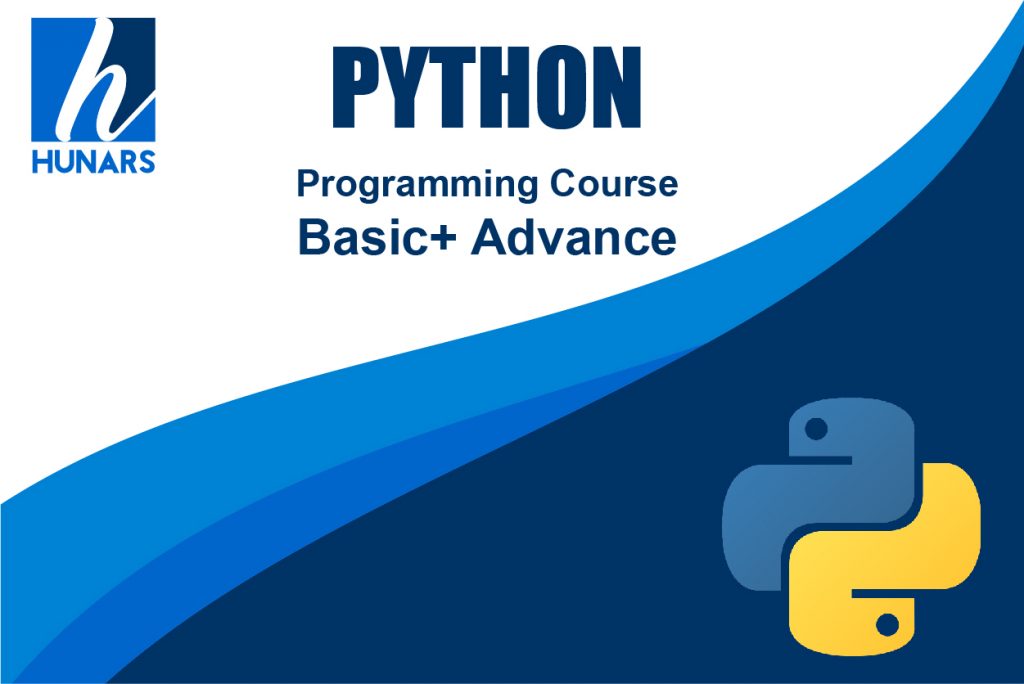Python for Algorithmic Trading has emerged as a popular programming language in the world of algorithmic trading.
Its simplicity, versatility, and extensive libraries make it an ideal choice for traders and developers seeking to implement and test their trading strategies efficiently.
This article will explore the role of Python in algorithmic trading, its key features, relevant libraries, and real-world examples. So, let’s dive in and understand how Python revolutionizes algorithmic trading.
Algorithmic trading, also known as automated trading or algo-trading, refers to the use of computer programs and algorithms to execute trades in financial markets.
It involves the automation of trading decisions based on predefined rules and parameters, aiming to capitalize on market inefficiencies and generate profits.
Python, a high-level programming language, provides traders with a powerful and flexible toolset to develop, backtest, and execute trading strategies effectively.
Understanding Algorithmic Trading
Before delving into Python’s role, it is essential to grasp the concept of algorithmic trading. Algorithmic trading involves the use of mathematical models, statistical analysis, and computational power to make trading decisions.
Traders can employ various strategies, such as trend following, mean reversion, statistical arbitrage, and more, to automate their trades and achieve desired outcomes. Algorithmic trading enables faster execution, reduced emotional bias, and the ability to handle large amounts of data.
Role of Python in Algorithmic Trading
Python has gained immense popularity in algorithmic trading due to its simplicity and readability, making it easier for traders and developers to write and understand code.
Python’s extensive libraries and tools further enhance its capabilities, allowing traders to perform data analysis, develop strategies, backtest them, and execute trades seamlessly.
Python also offers integration with popular trading platforms and financial APIs, making it a preferred choice for algorithmic trading.
Python’s Key Features for Algorithmic Trading
Efficient Data Analysis and Manipulation
Python’s powerful libraries like Pandas provide traders with a comprehensive set of tools for data analysis and manipulation. Traders can effortlessly handle large datasets, perform calculations, apply statistical functions, and clean the data for further analysis.
Backtesting and Strategy Development
Python enables traders to backtest their trading strategies using historical data. Libraries like PyAlgoTrade allow traders to simulate their
Efficient Data Analysis and Manipulation
Python provides powerful libraries, such as Pandas, that enable traders to efficiently analyze and manipulate large datasets. With Pandas, traders can perform various data operations, including data cleaning, transformation, aggregation, and statistical analysis. This capability is crucial for algorithmic trading, as it allows traders to extract valuable insights from historical and real-time market data.
Backtesting and Strategy Development
One of Python’s strengths in algorithmic trading is its ability to facilitate backtesting and strategy development. Traders can use libraries like PyAlgoTrade to simulate and test their trading strategies using historical data. This process helps traders evaluate the performance of their strategies, identify potential weaknesses, and optimize their trading rules before deploying them in live trading environments.
Integration with Trading Platforms
Python integrates seamlessly with popular trading platforms, enabling traders to connect their algorithms directly to their brokerage accounts. This integration allows for automated trade execution, eliminating the need for manual intervention. Traders can use APIs provided by trading platforms to access real-time market data, place orders, and manage their portfolios programmatically.
Advanced Statistical Modeling
Python offers a wide range of statistical modeling capabilities through libraries like SciPy. Traders can leverage statistical techniques to analyze market data, identify patterns, and develop predictive models. These models can be used to generate trading signals and make informed decisions based on statistical evidence.
Python Libraries for Algorithmic Trading
Python offers a wide array of libraries that cater specifically to algorithmic trading needs. These libraries provide essential functionalities for data analysis, numerical computing, data visualization, and backtesting. Let’s take a closer look at some of the most popular Python libraries used in algorithmic trading:
Pandas for Data Analysis
Panda is a versatile library that provides powerful data structures and data analysis tools. It simplifies data manipulation tasks, such as filtering, transforming, and aggregating data, making it easier for traders to work with large datasets. Pandas also offers efficient time-series data handling capabilities, which are crucial for analyzing historical market data.
NumPy for Numerical Computing
NumPy is a fundamental library for numerical computing in Python. It provides efficient array operations, mathematical functions, and tools for working with large multidimensional arrays. NumPy’s fast and vectorized computations make it ideal for performing calculations on financial data, such as calculating moving averages or implementing mathematical models.
Matplotlib for Data Visualization
Matplotlib is a widely used library for creating visualizations in Python. Traders can utilize Matplotlib to generate various types of charts and graphs, including line charts, candlestick charts, and histograms. Visualizing data is essential for understanding market trends, analyzing patterns, and making informed trading decisions.
SciPy for Scientific Computing
SciPy is a comprehensive library that also provides advanced scientific computing capabilities. It offers functions for optimization, interpolation, signal processing, and more. Traders can leverage SciPy for tasks such as parameter optimization, curve fitting, and implementing advanced statistical models in their algorithmic trading strategies.
FAQS
What is algorithmic trading?
Algorithmic trading refers to using computer indeed programs and algorithms to automate trading decisions in financial markets. It involves the execution of trades based on predefined rules and parameters, aiming to capitalize on market inefficiencies and generate profits.
Why is Python popular for algorithmic trading?
Python is popular for algorithmic trading due to its simplicity, readability, and extensive libraries. It provides traders with a powerful and flexible toolset for also developing, backtesting, and executing trading strategies efficiently.
Conclusion
In conclusion, Python has become a go-to programming language for algorithmic trading due to its numerous advantages and capabilities. Its simplicity, readability, and extensive libraries such as make it an ideal choice for traders and developers seeking to automate their trading strategies effectively.

